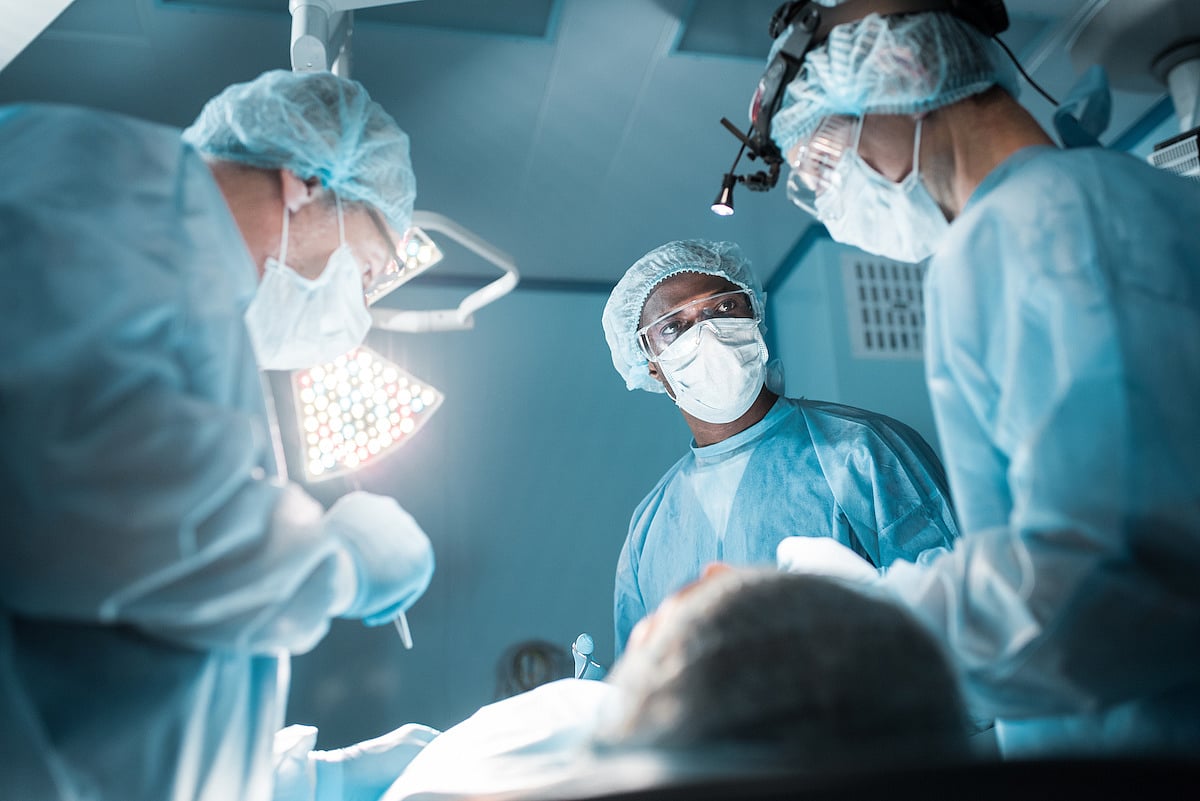Get Healthy!

- Posted August 30, 2024
New Medical Technology Lights Up Bacteria Hiding in Wounds
Fluorescent light can be used to highlight bacteria that hides in wounds, causing infections and slowing down the healing process, a new evidence review says.
A handheld fluorescent device can light up bacteria in 9 out of 10 wounds that traditional clinical treatment would overlook, according to a study in the journal Advances in Wound Care.
“We’re hopeful this new technology can help surgeons improve their accuracy when pinpointing and consequently removing bacteria from wounds and therefore improve patient outcomes, particularly for those with diabetic foot wounds,” said senior researcher Dr. David Armstrong, a podiatric surgeon and limb preservation specialist with the University of Southern California.
“The early detection and removal of bacteria from a wound is vital to preventing avoidable amputations,” he added in a university news release.
More than 6.5 million Americans experience chronic wounds that don’t heal within a few months, researchers said in background notes. Nearly all such wounds contain bacteria, and if not detected and removed, these germs can cause a severe infection that might end in amputation or death.
Doctors cleaning out a wound do their best to remove as much bacteria as possible, but these bugs can’t be seen by the human eye and can be missed, researchers said.
That’s why the research team decided to investigate autofluorescence imaging, in which violet light is used to illuminate bacteria.
Different types of bacteria turn different colors, allowing doctors to immediately see how much of various bacteria are in a wound.
Autofluorescence imaging relies on the fact that different types of organic matter light up when exposed to different wavelengths of light. It’s already used by ophthalmologists to examine the retina, according to the American Academy of Ophthalmology.
Traditionally, doctors cleaning a wound send tissue samples to the lab to identify the bacteria present in the injury, a process that can take days.
With autofluorescence imaging, doctors can examine the wound for bacteria in real time and make immediate treatment decisions, researchers said.
“This real-time intervention may allow for faster, more effective treatment for wounds,” Armstrong said.
For this review, researchers analyzed 25 prior studies examining the effectiveness of autofluorescent imaging when treating diabetic patients with foot ulcers.
About 20% of diabetics who develop a foot ulcer will require an amputation due to infection, according to the American Diabetic Association.
Not only did the new technique help catch bacteria that likely would have been missed, it also increased the odds that a patient could avoid being prescribed antibiotics, researchers found.
USC doctors already have adopted the technology to treat patients with chronic wounds like diabetic foot ulcers, Armstrong said.
“I look forward to more research in this area as we hope to see [autofluorescence] imaging become the standard of care for wound care in the near future,” Armstrong said.
More information
The American Academy of Ophthalmology has more on autofluorescence imaging.
SOURCE: University of Southern California, news release, Aug. 27, 2024






